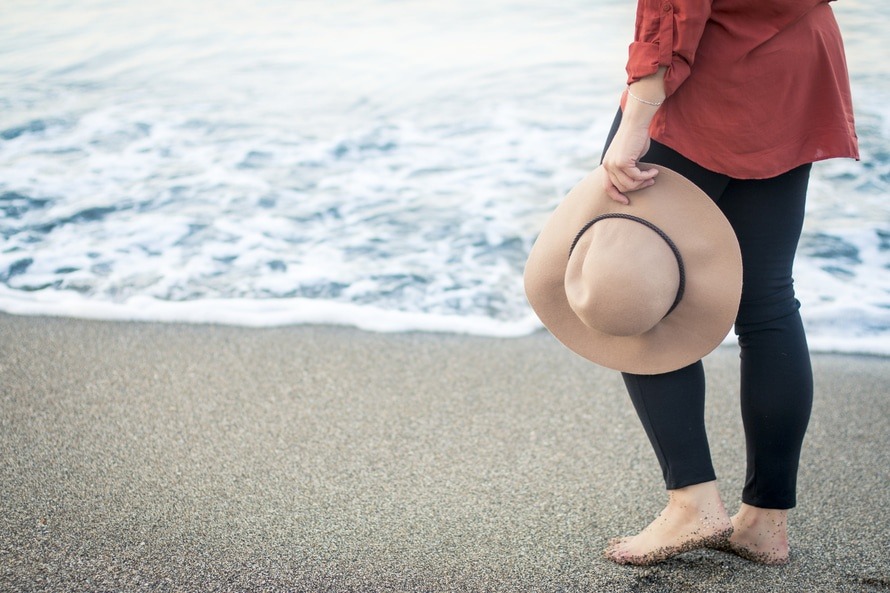
Sun protection tips with skin cancer specialist
There’s no such thing as a healthy tan. Tanning is your body’s protective response to damage from the sun’s ultraviolet rays. Long-term exposure to ultraviolet radiation increases the risk of developing skin cancer. The older someone is, the more likely they are to have had this type of long-term exposure.
Skin cancer has been steadily on the rise in adults in Ontario since the early 1990s. According to the Ontario Cancer Registry, the rate of skin cancers in people ages 50 to 74 is increasing at a rate of 2.3% per year, and by 4.6% per year for those age 75 and older.
Melanoma is the most serious kind of skin cancer, but also the most preventable. When discovered early, it can also be very treatable. But wait too long and melanoma can spread to other parts of the body, growing into the deep layers of the skin and entering the lymph system. Once it spreads to other organs, it can be extremely difficult to treat.
We all crave beautiful sunny days, so how can we enjoy the sun safely and prevent skin cancer?
Here are some quick sun protection tips from skin cancer specialist, Dr. Elaine McWhirter.
Video: Sun protection tips
Factors beyond your control
A fair complexion: If you don’t tan easily or have fair skin, you’re more susceptible to UVR (ultraviolet radiation) damage. So are people with naturally blond or red hair, or blue, green or hazel eyes. Although melanoma is somewhat rare among people with very dark skin, they’re not immune so it’s important to protect yourself.
Family history: People with a first-degree relative such as a parent, sibling or child with a history of melanoma may also have an increased risk of developing this disease. The more close relatives you have with melanoma, the higher your risk.
Factors in your control
Sun exposure: People who spend lots of time in the sun are at increased risk of melanoma. Frequent sunburns — even if they occurred years ago — increase your risk. While you can’t change the past, you can reduce your risk moving forward.
Tanning equipment: Tanning equipment can emit stronger UVR than the sun. In fact, people who use tanning equipment have at least a 25 per cent increased risk of melanoma. The risk increases with younger age of first use, and greater frequency of use.
Moles: Reducing exposure to UVR, especially early in life, can help to reduce the chances of developing moles. Most moles aren’t cancerous. Those signaling skin cancer are typically larger, have irregular shapes and less uniform colour than most moles.
MyCancerIQ: Visit MyCancerIQ.ca. This Cancer Care Ontario website offers a personalized risk assessment and action plan with tips and resources based on your personal risk factors.
How to be sun safe
• Apply broad spectrum sunscreen, minimum SPF 30, and re-apply every 3 hours; more frequently if swimming (every 90 minutes).
• Wear wide-brimmed hats and sunglasses with UVA/UVB protection.
• A cotton T-shirt only has an SPF of about 3; so consider SPF clothing and swim-shirts.
Remember:
• Cloud cover isn’t protective – the UV rays can penetrate through
• Shade alone isn’t sufficiently protective – especially with reflective surfaces such as water, sand and concrete nearby.
• Snow reflects UV rays so you’ll need sunscreen for your face in winter.
• The high UV index days are from April to October, from 10 am to 4 pm. If possible, plan outdoor activities around these hours. Otherwise, remember to use the tips above!
Learn how to do a skin check with Dr. Elaine McWhirter to check your body for moles that exhibit warning signs of skin cancer.
Read other tips on how to be safe on vacation.
